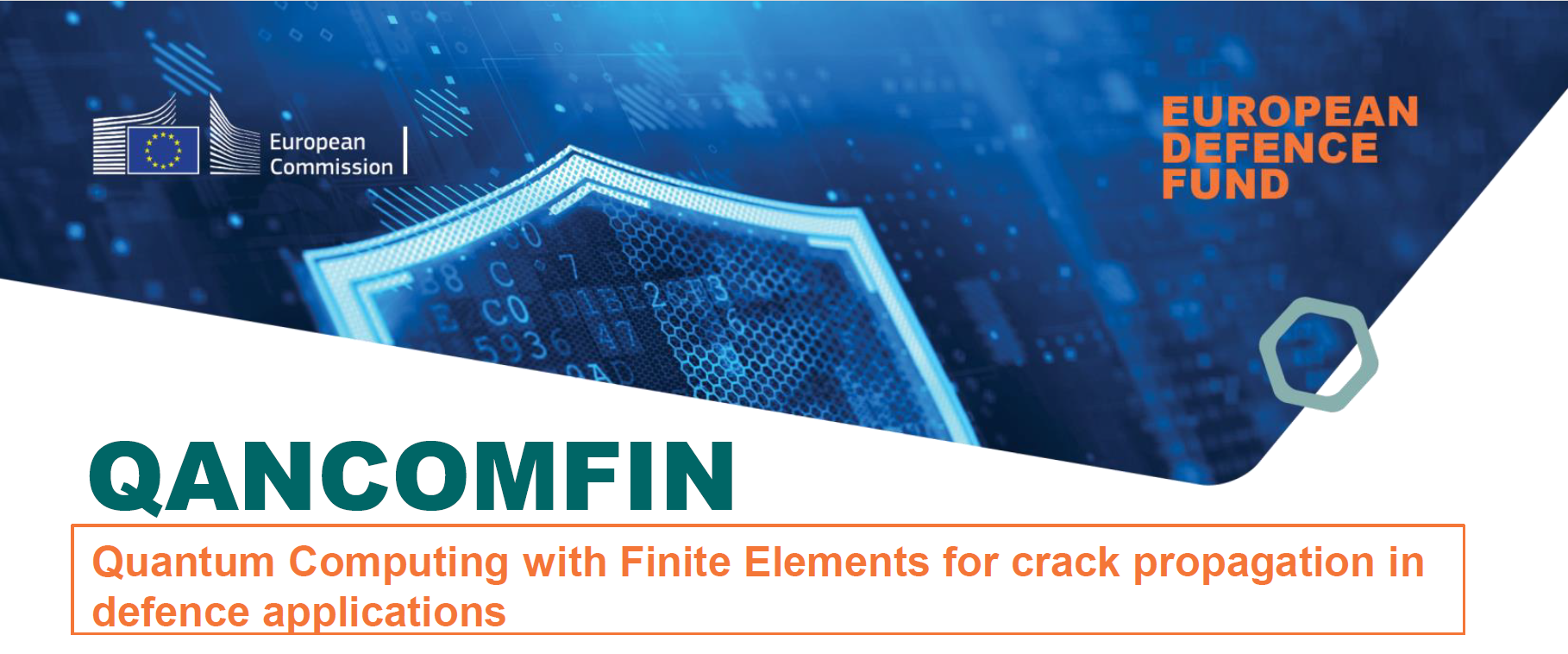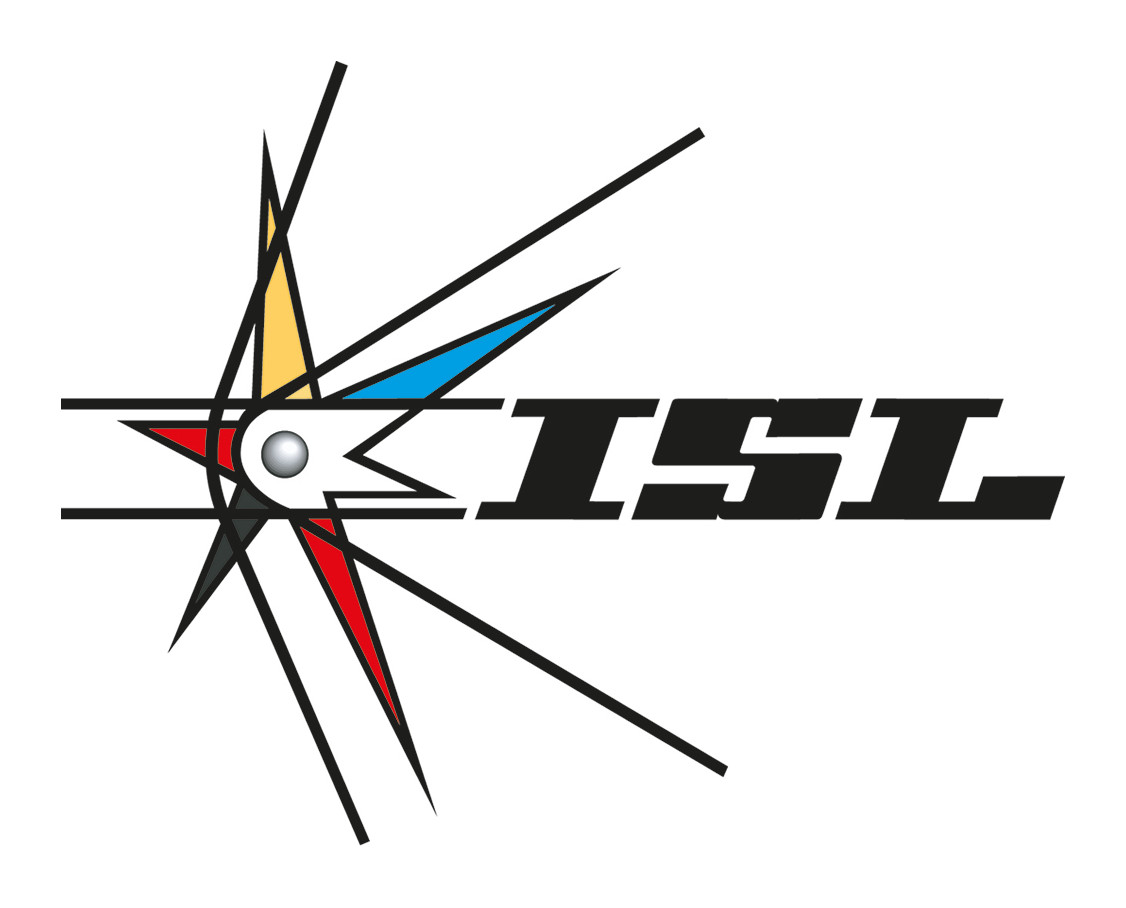IMPETUS Solver version 7
We’re happy to announce version 7.0 of IMPETUS Solver. This version contains added functionality, general improvements and bug fixes.
Highlights
Quasi-static speed-up
*FREQUENCY_CUTOFF is a very powerful new command that allows for larger time steps in quasi-static processes. It is achieved by suppressing high frequencies that normally limit the critical time step size. Speed-ups above 10x are not unusual.
If used with care, the command can also be applied to increase the time step size in dynamic events that are dominated by the lowest natural frequencies.
New GPU based particle-structure contact
A new algorithm for particle-structure contact is included in version 7.0. It is GPU based and, hence, faster than the old method. The new algorithm accounts for the particle radius in the interaction with element faces. This makes it well suited for element-to-particle conversion in terminal ballistics applications.
The new method is activated by setting the flag ctype in command *PARTICLE_DOMAIN.
Vulnerable area assessment
The vulnerable area assessment tool is faster and more accurate than in the previous release. The output has been extended and now contains detailed hit spot information (armour layers, hit angles and thicknesses).
Backwards compatibility
Unfortunately, due to some major changes in the code, the backwards compatibility is broken. Engine version 6 can no longer be used together with GUI version 7 when using the *OBJECT or *MAT_OBJECT commands.
Engine release notes v7.0.1
- *MAT_RIGID: Fixed issue with initial spin calculation for rigid bodies connected to deformable parts.
- *MERGE_FAILURE_COHESIVE: Improved energy balance during unloading (post failure forces).
- *LOAD_AIR_BLAST: Tuned implementation for better treatment of reflected waves.
- *MAT_REBAR: Added option to reduce element size dependency.
- *VULNERABLE_AREA_ASSESSMENT: Modified gap effect implementation.
- *REFINE: Added support for element sets (ES).
- *MAT_FLUID: Material model can now be used with Finite Elements (not only SPH).
- *OUTPUT_SECTION: Improved accuracy.
- *LOAD_UNDEX: Minor accuracy improvement.
- *MAT_JH_CERAMIC: Fixed bug in SPH implementation.
- *OUTPUT: Added more fragment output options.
- Moved contact state information from impetus_stateX.k to impetus_state_contactX.k
- *PARTICLE_DETONATION: Improved tracking of the detonation front near small objects and sharp corners.
- *VULNERABLE_AREA_ASSESSMENT: Improved accuracy.
- *PARTICLE_SPH_JET: Bug fix in jet tip displacement calculation.
- *CHANGE_PART_ID: New command.
- *MAT_YEOH: New model for rubber materials.
- *MAT_BB: Orthodox implementation of the Bergstrom-Boyce model (*MAT_BERGSTROM_BOYCE will eventually be phased out).
- *PROP_DAMAGE_HC: Added fracture energy parameter GI (J/m^2) for better handling of crack propagation.
- *INITIAL_DAMAGE_RANDOM: Added option to choose which damage variable to initialize (some damage models distiguish between ductile/brittle or tensile/compressive failure).
- *PARTICLE_DOMAIN: Added optional particle-structure contact algorithm, accounting for the particle radius.
- *VULNERABLE_AREA_ASSESSMENT: Added detailed hit spot information (impact angles and armour layer thicknesses).
- *CONTACT: New option that converts friction work to heat.
- *MAT_POWDER_BURN: Minor bug fixes.
- *PARTICLE_SPH: Critical particle filling bug fix.
- *VULNERABLE_AREA_ASSESSMENT: Improved accuracy and speed.





